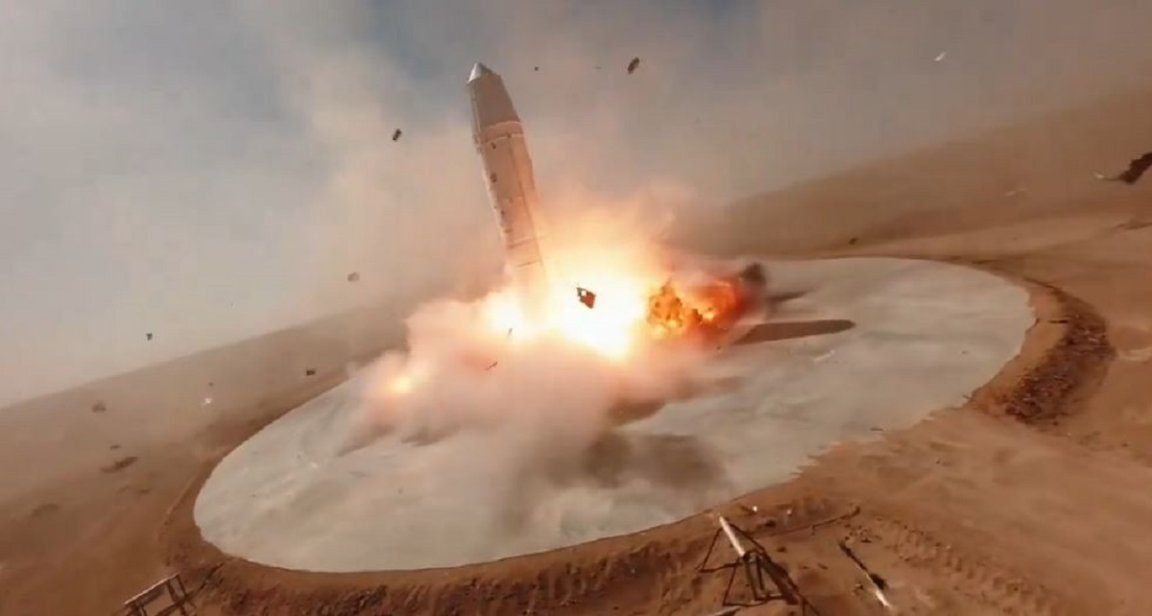
Action Spectacular
We bet you’ve seen a lot of videos of exploding rockets.
But we’d also wager that you haven’t seen one quite as mind-blowing as this new footage of a Chinese rocket blowing up as it touches down, because the failure is filmed so dramatically that you kinda just have to tip your hat to everyone involved — even if things didn’t go quite as planned.
The star of the show is a Nebula-1 launch vehicle, a reusable, two-stage, kerosene-fueled rocket manufactured by the Chinese company Deep Blue Aerospace.
As part of a high-altitude vertical flight test on Sunday — all captured on video — the rocket took off from its launchpad in Ejin Banner Spaceport in Inner Mongolia, engaged all three of its Thunder-R engines, flew to an altitude of about three miles without issue, and came back down to make a landing, according to Ars Technica.
But that’s when the footage launches into a sequence of gonzo action filmmaking that could make Michael Bay weep.
As the rocket levitates down to the pad and deploys its landing gear, we cut to a drone camera spiraling down from above. It pirouettes about its subject in epic swoops until it moves in close for the money shot: the rocket holding position a few yards above the ground, before dropping and exploding in a fireball — which is right when the slow motion kicks in. Cinema, baby.
Almost There
Deep Blue Aerospace released a detailed statement about what it’s learned from the test, which Ars notes is one of the things that sets it apart from its domestic competitors: its transparency.
According to the company, it completed 10 of its 11 major objectives, achieved a landing accuracy of about 1.6 feet, and expects to perform its next vertical flight test in November.
This failure will sting, though, because it’s not clear what caused the crash. It could be that the rocket’s instruments incorrectly calculated its height from the ground, causing the drop to be too severe. It’s also possible that the single engine left on for the landing didn’t throttle properly.
In any case, it will likely be a while before the rocket can level up to perform a full-blown orbital flight test: Ars guesstimates that won’t be until at least 2025.
Fully-loaded, the Nebula-1, which is about 11 feet wide and 69 feet tall, is billed to be capable of carrying around 4,400 pounds to low-Earth orbit, with plans to up that figure to over 17,000 pounds, according to SpaceNews. Compared to SpaceX’s Falcon 9 rocket — the gold standard of kerosene-fueled rockets — which can carry 50,000 pounds to LEO, it’s not a massive payload, but the rocket is also less than half the size.
It’ll be disappointing that the rocket failed at the final hurdle, but at the very least, the engineers will be walking away with heaps of data — and also an absolutely blockbuster video.
More on rockets: SpaceX Falcon 9 Rocket Crashes While Landing